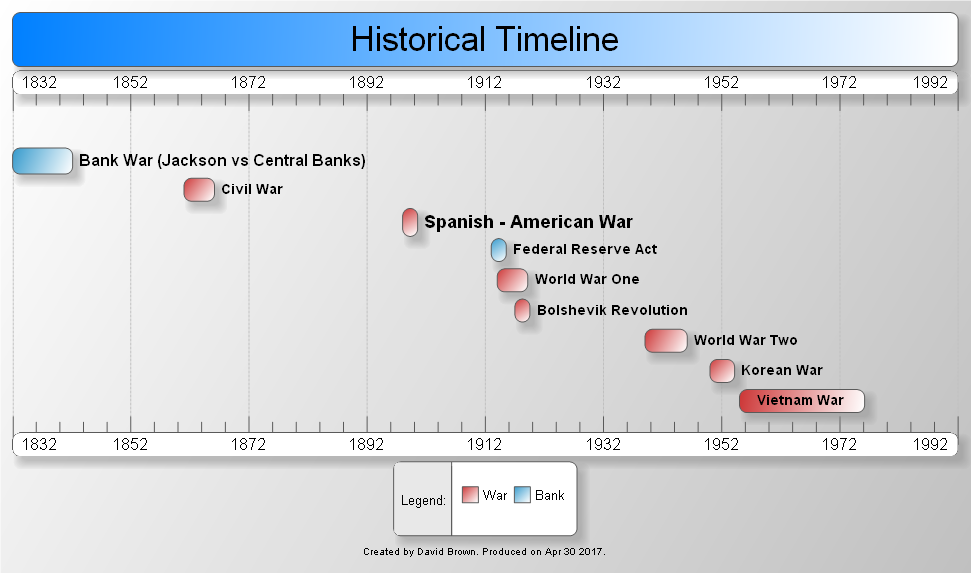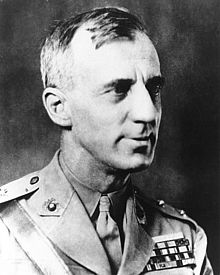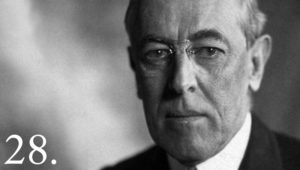by DAVID BROWN | CLEARNFO.com | March 13th, 2021Hitler's Revolution by Richard Tedor Chapter 2 The New Germany Germany Prostrate
On February 10, 1933, Hitler discussed his economic program at a mass meeting in Berlin for the first time as chancellor. Telling the audience, “We have no faith in foreign help, in assistance from outside our own nation”, the Führer opined that Germany had no friends beyond her own borders. World War I had ended in 1918 when the German Reich and Austria-Hungary surrendered, and harsh terms imposed by the Allies, despite U.S. President Woodrow Wilson’s promise of an equitable settlement, had left the Reich more or less on a solitary course.
Allied delegates opened the peace conference in Versailles, France, in January 1919. They demanded that Germany accept blame for the war and compensate the victors for damages. This enabled them to initiate reparations requirements that reduced the Germans to virtual bondage. To extort the Reich’s signature onto the treaty, Britain’s Royal Navy maintained a blockade of food imports destined for Germany. The blockade had been in force since early in the war. Over 750,000 German civilians, mainly children and the elderly, perished from malnourishment.
Despite Germany’s capitulation, the British continued to block food deliveries until the summer of 1919. On March 3 of that year, the English cabinet minister Winston Churchill told the House of Commons, “We are holding all our means of coercion in full operation or in immediate readiness for use. We are enforcing the blockade with vigor. We have strong armies ready to advance at the shortest notice. Germany is very near starvation. The evidence I have received from the officers sent by the War Office all over Germany shows first of all, the great privations which the German people are suffering, and secondly, the great danger of a collapse of the entire structure of German social and national life under the pressure of hunger and malnutrition. Now is therefore the moment to settle.” Allied leaders bluntly told German delegates at Versailles to accept the treaty or face a military invasion and extension of the blockade. The Germans signed on June 28, 1919.
The Allies’ conditions degraded Germany to a secondary power. The victors divided 13 percent of the Reich’s territory among neighboring states. The 7,325,000 Germans residing there became second-class citizens in their new countries. Lost natural resources and industry included 67 percent of Germany’s zinc production, 75 percent of iron ore, a third of the coal output and 7.7 percent of lead. The Allies demanded twelve percent of Germany’s exports, with the option of raising the amount to 25 percent, for the next 42 years.
The malnourished German nation also surrendered a million cattle including 149,000 milking cows, plus 15 percent of the harvest. The Allies confiscated a quarter of Germany’s fishing fleet. In addition to large amounts of timber, 7,500 German locomotives and 200,000 freight cars went to the former enemy. Germany also relinquished her prosperous African colonies to the Anglo-French overseas empires. Every transport vessel exceeding 1,600 tons, practically the Reich’s entire merchant fleet, enriched the Allies’ war booty. Germans forfeited private investments abroad.
Morally justifying the terms, the British Prime Minister, David Lloyd George, described how the Allied victory accomplished Germany’s “liberation from militarism.” He gloated on another occasion, “We have got most of the things we set out to get. The German navy has been handed over, the German merchant shipping has been handed over, and the German colonies have been given up. One of our chief trade competitors has been most seriously crippled and our allies are about to become Germany’s biggest creditors. This is no small achievement!” Between 1880 and 1900, Germany’s share of world trade had risen from 10.7 percent to 13.8 percent. During that period, Britain’s had declined from 22 to 16 percent, and France’s from 13 to eight percent. Woodrow Wilson remarked in September 1919, “Is there any man or woman—let me say, is there any child—who does not know that the seed of war in the modern world is industrial and commercial rivalry? This was an industrial and commercial war.”
The war transformed Germany from a flourishing industrial power to a distressed state. Military service had cost 1,808,545 German soldiers their lives. Another 4,247,143 had been wounded. The country was bankrupt from defense expenditures. Marxist agitation provoked labor walk-outs. There were 3,682 strikes in 1919, which impacted 32,825 businesses and 2,750,000 workers. Decline in industrial output and reparations burdens contributed to massive unemployment. Demobilized soldiers couldn’t find jobs. A new law required managers to reinstate former employees who had served on active duty during the war; however, many business owners were among the slain and their companies were gone.
Additionally, large numbers of foreign workers were in Germany, having taken over the manufacturing positions of men inducted into the army. Soldiers returning home found their pre-war jobs occupied by ersatz labor. People out of work lacked purchasing power. This decreased demand for consumer goods, leading to production cut-backs and further lay-offs. Unemployment fluctuated dramatically. The downward spiral began late in 1927. In 1931 alone, 13,736 companies filed for bankruptcy. An average of 107,000 people per month lost their livelihood. In mid-1932, almost 23 million Germans (36 percent of the population) were receiving public assistance.
The London Declaration of May 5, 1921, established Germany’s aggregate debt at 132 billion reichsmarks (RM). One mark equaled approximately 50 cents. It also imposed a “retroactive payment” of twelve billion gold marks plus another billion in interest. The German government in Weimar could not meet the obligation. Without foreign commerce, Germany had little income. Fearing inordinate taxation to meet Allied demands, affluent Germans invested capital abroad. The flight of currency and the national deficit contributed to inflation. In November 1922, Weimar requested a moratorium on cash payments. The Inter-Allied Reparations Commission declared Germany in default. The French army garrisoned the Ruhr-Lippe region, source of almost 80 percent of Germany’s coal, steel and pig iron production. Demonstrating passive resistance, civil servants and laborers there boycotted the work places. This increased the number of persons on public aid and further reduced productivity. The Ruhr debacle precipitated the currency’s slide into worthlessness. Inflation wiped out the savings of Germany’s middle class.
A commission chaired by the American Charles Dawes made recommendations to balance Germany’s budget and stabilize the money system. The Allies assumed control of the Reich’s Bank and sold shares in the national railroad. They fixed annual payments at $250 million. Another committee convened in Paris in February 1929 under the American banker Owen Young. The Young Plan arranged a new payment plan for Germany to extend to 1988. Since 1924, Weimar had been borrowing from Wall Street banks to meet reparations demands. The worldwide fiscal crisis of 1929 curtailed this source of capital. Despite tax increases, the German government failed to generate sufficient revenue to restore the economy. By March 1933, the German national debt amounted to 24.5 billion reichsmarks.
END
You can contact David Brown at ClearNFO@gmail.com | You can catch up with him on MeWe here… mewe.com/i/davidbrown24 | And on Telegram here @ClearNFO
Additional Resources:
- Full text in various formats: Hitler’s Revolution by Richard Tedor Chapter 2
- Audio: Hitler’s Revolution by Richard Tedor Chapter 2
- Wall Street & the Rise of Hitler
- James Corbett documentary on The WWI Conspiracy
- “HITLER, STALIN AND MR JONES”
- Mr. Jones (2019) where are you?

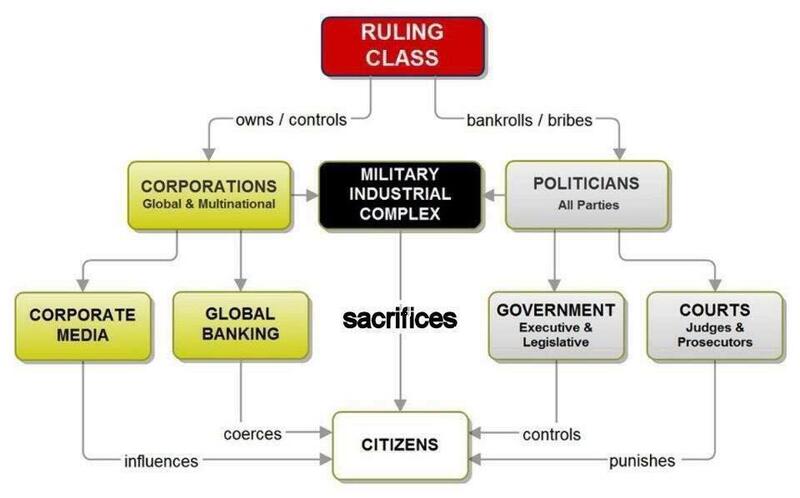
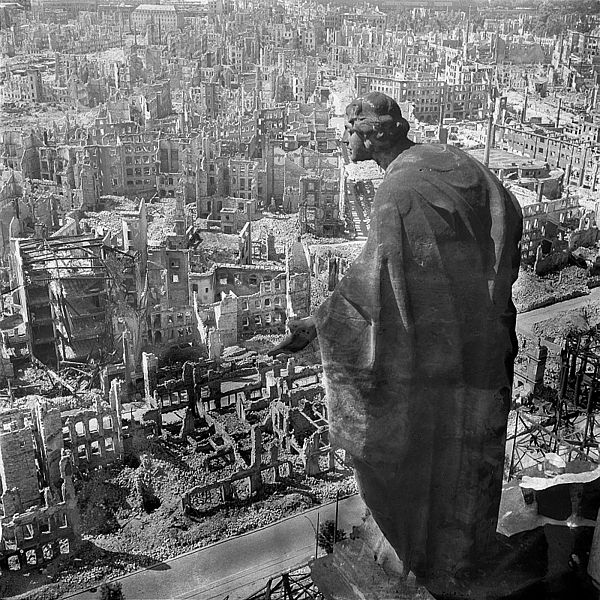
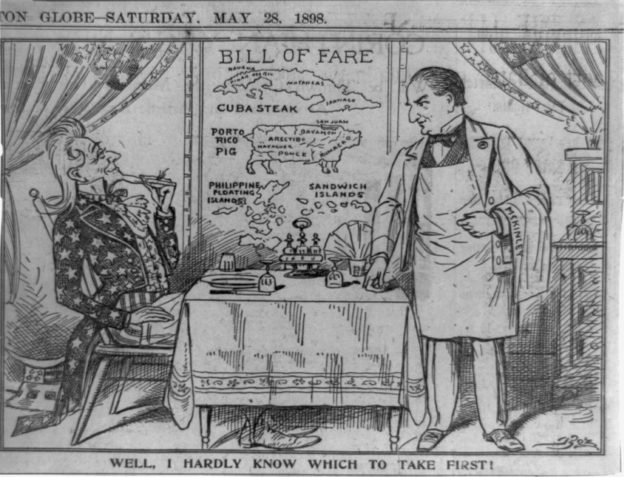
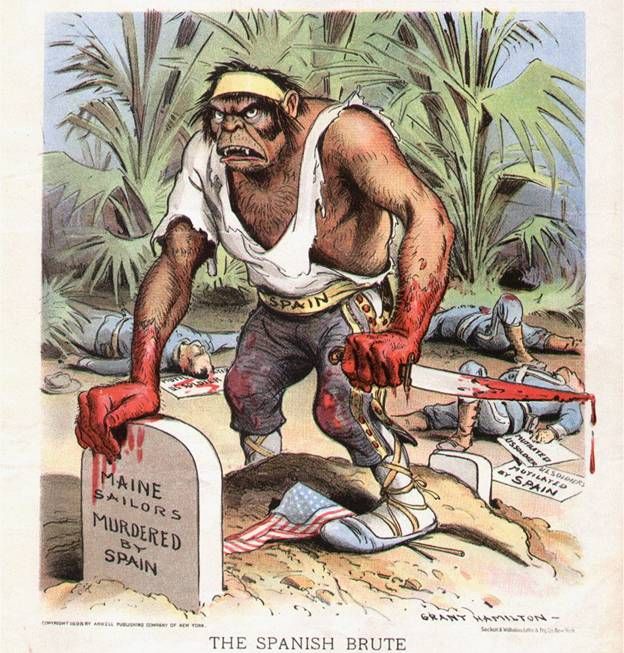 But after the provable false stories from the media about the actions of Spain —feeding Cubans to the sharks; the abuse of white women and children; roasting Cuban priests; butchered women and babies; and the depiction in the media about the Spanish being sub-human apes— the war was on, and everybody agreed it was a good and just war. Remember the incubator babies (Gulf war 1991), Gaddafi’s Viagra in Libya and Assad’s Sarin Gas? All false.
But after the provable false stories from the media about the actions of Spain —feeding Cubans to the sharks; the abuse of white women and children; roasting Cuban priests; butchered women and babies; and the depiction in the media about the Spanish being sub-human apes— the war was on, and everybody agreed it was a good and just war. Remember the incubator babies (Gulf war 1991), Gaddafi’s Viagra in Libya and Assad’s Sarin Gas? All false.